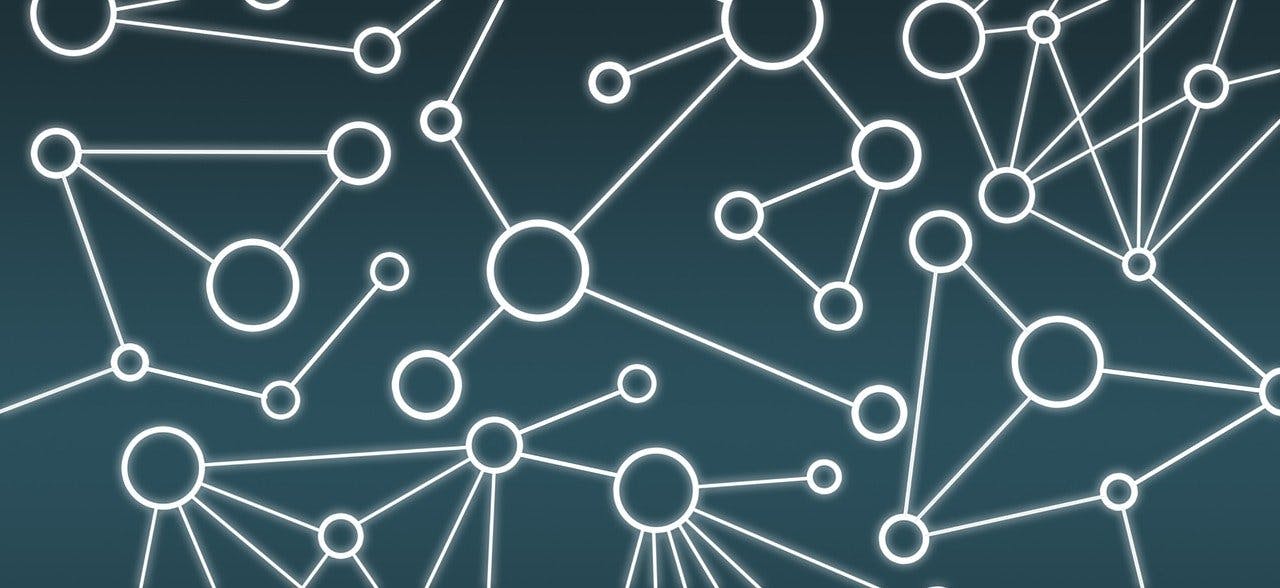
Verizon recently partnered with Amazon’s Project Kuiper in a strategic collaboration to develop connectivity solutions for unserved and underserved communities across the United States, to further expand 5G and LTE coverage. In the future, Kuiper’s satellites could provide connectivity to Verizon cell towers which wouldn’t require as much costly infrastructure to build.
Similar to Starlink, the goal of Kuiper is to provide connectivity in remote and rural areas, where it is difficult to provide internet coverage through traditional fiber. During prototype testing, Amazon claims its system can produce throughput speeds of up to 400Mbps. Through the partnership with Verizon, the satellite-based cellular backhaul will allow, in theory, to expand access to its 5G and LTE networks to more locations without the traditional connectivity methods. Verizon would be able to build cell towers in hard-to-reach areas with no need to lay fiber cables. That could expand network reach in places that suffer from low cellular connectivity.
Such projects ensure more network coverage, allowing for further growth of the internet user base and thus traffic. Employing a new way of delivering connectivity creates the need for new network optimization algorithms.
Further reading:
https://www.verizon.com/about/news/5g-leo-verizon-project-kuiper-team
